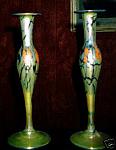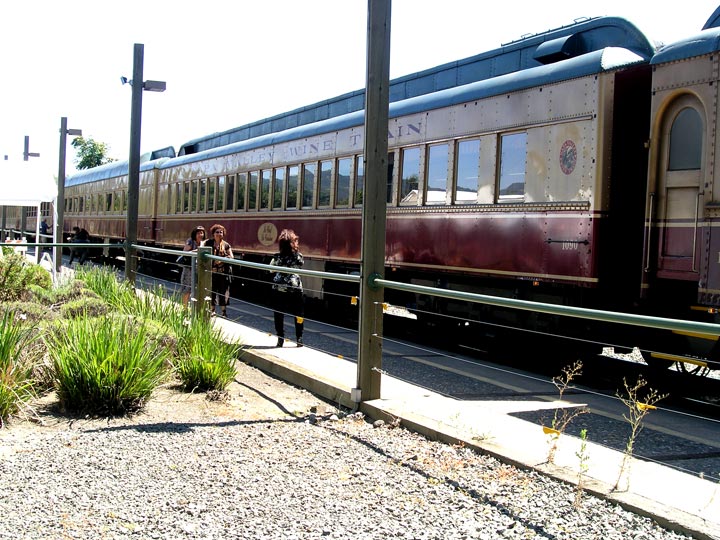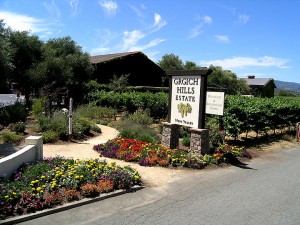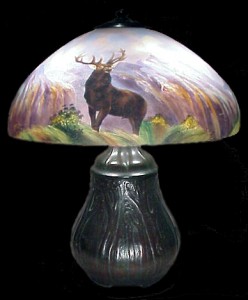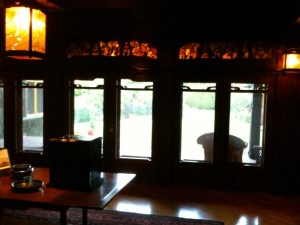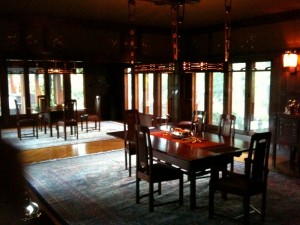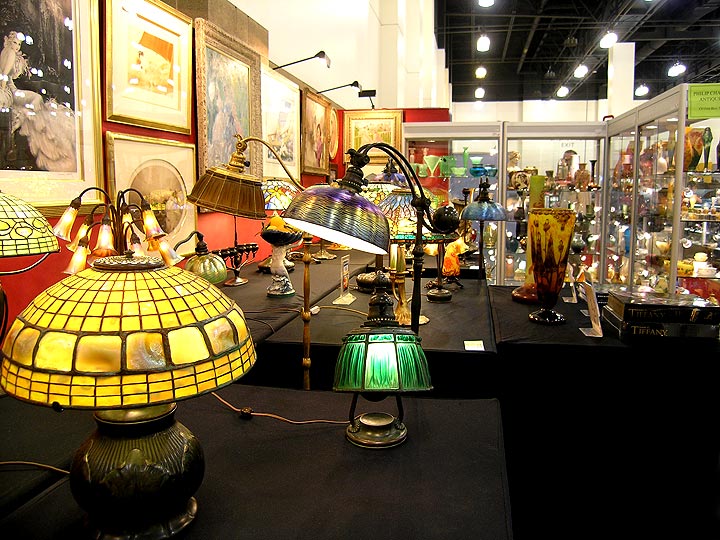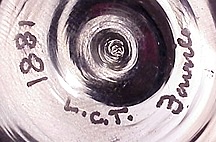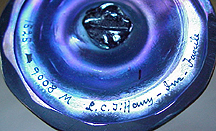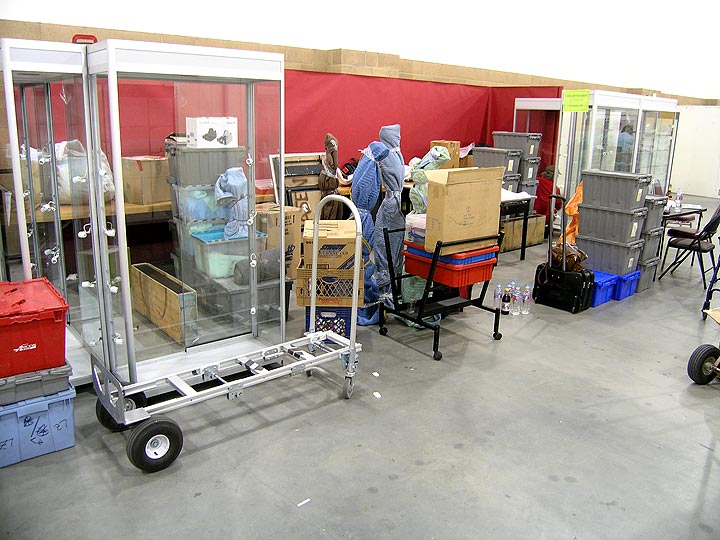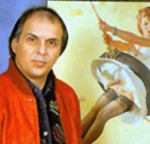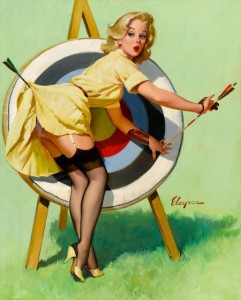Marc Bell asked “How did you avoid the pitfalls in the antique lighting business?” Well, Marc, I didn’t. I hit my share of potholes along the learning road.
(Do you have an antiques questions? I’ll try to answer them in future posts. philchasen@gmail.com)

A Tiffany 3-light lily lamp with Quezal shades, similar to my first purchase
I remember the first time I bought a signed lamp. The year was probably 1973. We were at an auction and the auctioneer was explaining that the next item for sale was a Tiffany 3-light lily lamp with Quezal shades. We were the successful bidders and paid $600 for it. My wife and I were really nervous about this huge purchase. I told my mother and she told me I was nuts. Thanks, Mom. She just couldn’t conceive of a lamp costing that much money.
Now I had my first antique lamp and I was eager to try and sell it. I took good photos and advertised the lamp in Hobbies magazine. Hobbies was an important monthly publication for both collectors and dealers. (All of you old-timers should remember the good old days when it was possible to sell items by advertising in magazines. For you younger collectors, there really was an antiques world prior to the Internet.)
I waited for over a month until the magazine was published. I got a few calls and one was long-distance from a collector in Iowa. (How many of you remember when everyone would stop whatever they were doing because someone was calling LONG DISTANCE? It was exciting!) He told me the lamp was a marriage – the lamp base was from one company and the shades from another. Apparently a marriage in a lamp was a bad thing. I didn’t know that! I had assumed that the word Quezal was a Tiffany word, like Favrile. Pssssssssss. The air just zoomed out of my bubble! But it didn’t end badly. This caller was willing to buy the lamp as is. I learned a big lesson that didn’t cost me a penny, in fact I earned a small profit. I was lucky because most lessons in the antiques business are much more costly.
And that, folks, was the ignominious beginning to my education as a lamp dealer.
Tomorrow you can read lesson #2, which took place a few years later. It’s much juicier than this one, guaranteed!
Please send me your suggestions or questions about art glass, lamps, Louis Icart, shows, auctions, etc. If it’s interesting, I’ll answer your question in a future blog entry.
Call or write and let me know what you would like to buy, sell, or trade. philchasen@gmail or 516-922-2090. And please visit my website. chasenantiques.com

